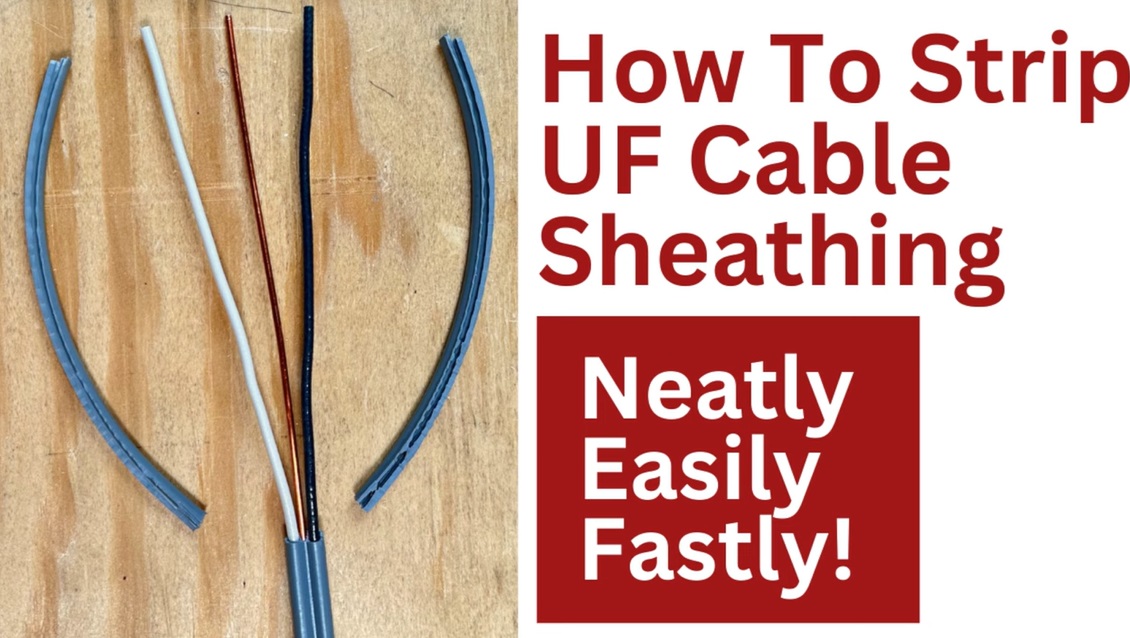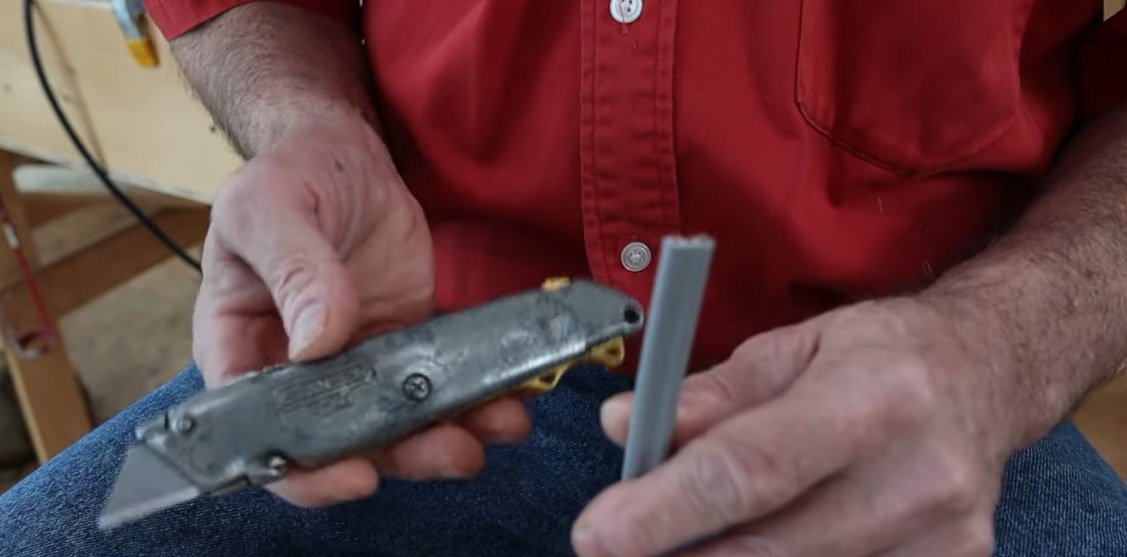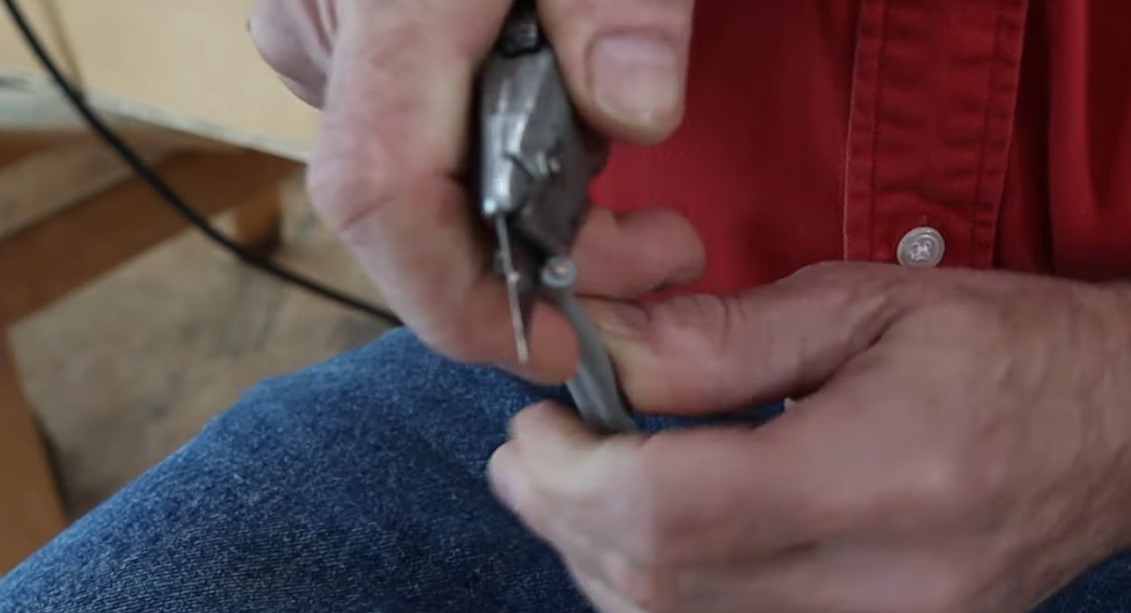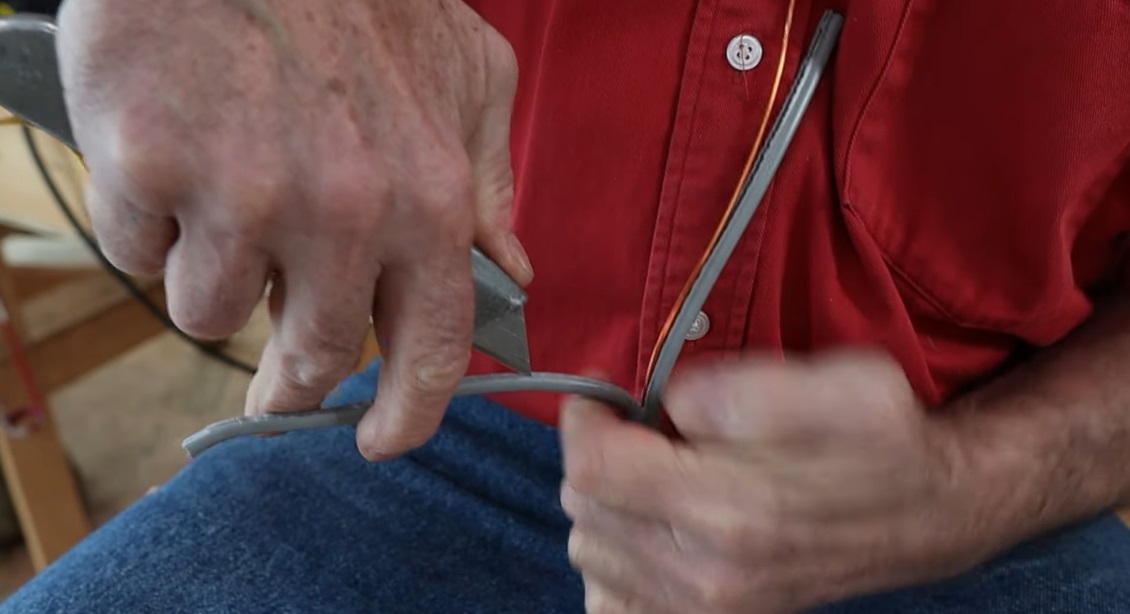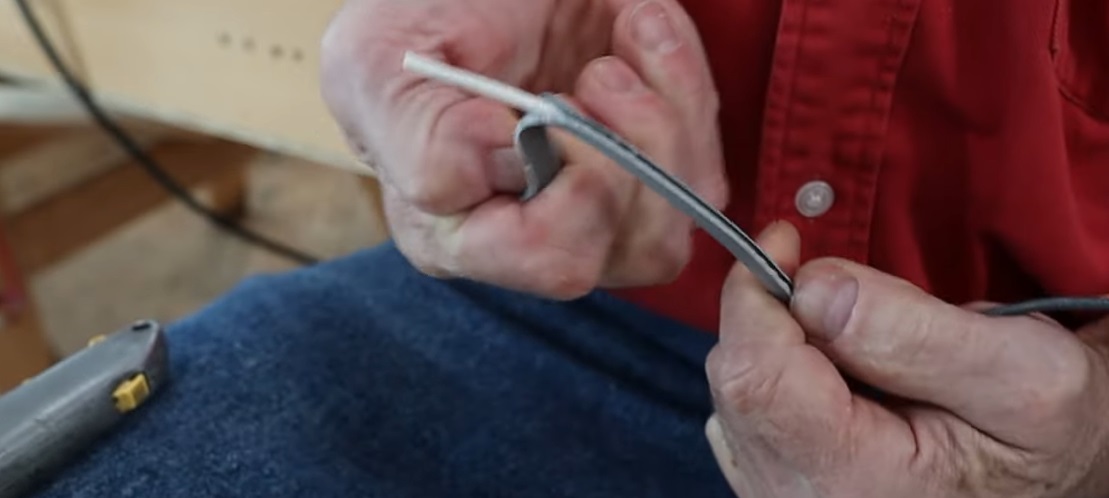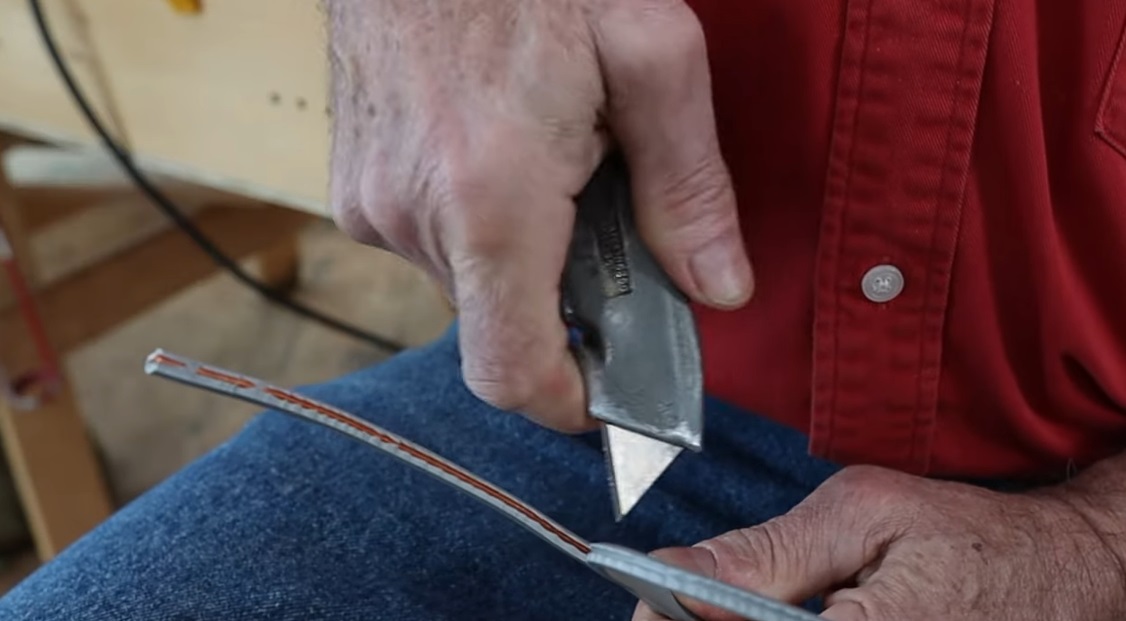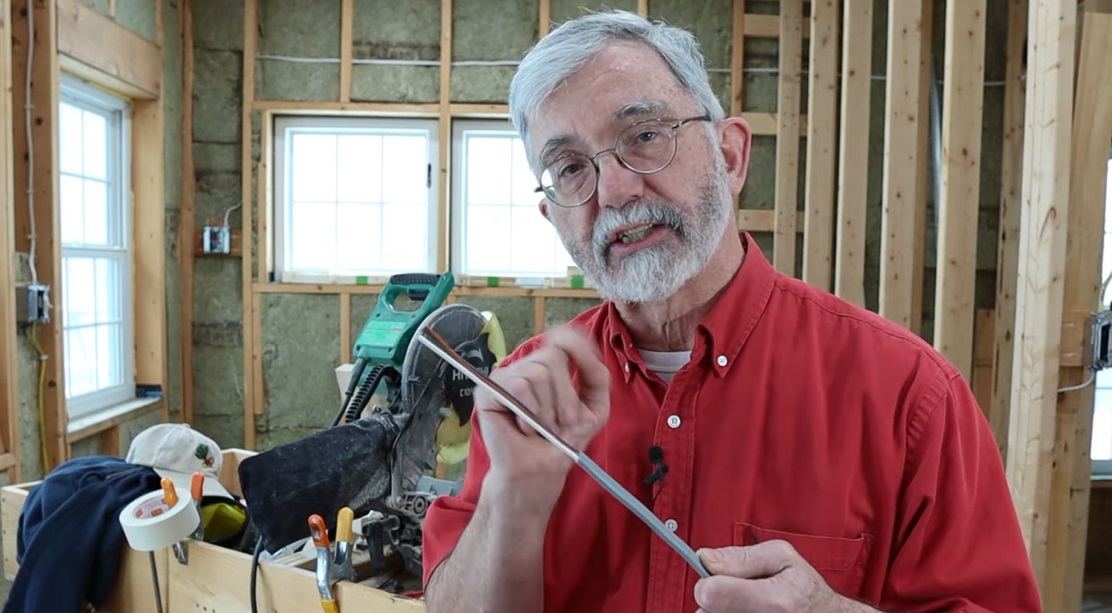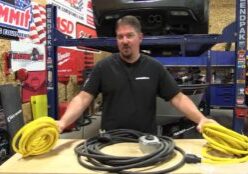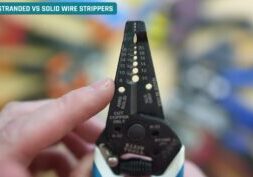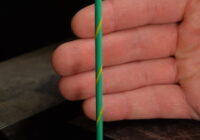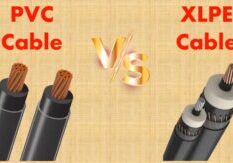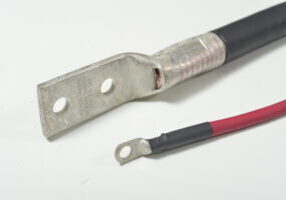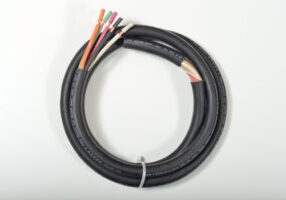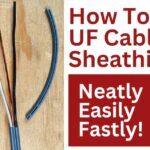
Sep 1, 2024
8 Steps to Strip UFB Cable Jacket with Utility Knife (Plus Bonus Tips)
UFB (Underground Feeder and Branch Circuit) cable is a type of electrical wire specifically designed for underground installations. It’s used to carry power to outdoor fixtures, such as lampposts, garages, or outbuildings, and can also be used for wiring within walls or in wet locations. The UFB cable is highly durable and resistant to moisture, chemicals, and corrosion, making it suitable for direct burial without the need for additional conduit.
0:00 – What inspectors want to see
1:15 – Starting to use utility knife
2:10 – Expose bare copper ground wire
3:20 – THHN Wire exposed
3:43 – UFB Jacket removed entirely
Components of UFB Cable:
- Conductors: UFB cables contain multiple conductors, typically made of copper or aluminum. The conductors are usually color-coded (black, white, and red) for easy identification.
- Ground Wire: In addition to the main conductors, UFB cables include a bare or green insulated ground wire. The ground wire provides a safe path for electrical current in case of a fault, reducing the risk of electric shock.
- Insulation: Each conductor in the UFB cable is individually insulated with thermoplastic material to prevent short circuits and to ensure safety.
- Jacket: The entire assembly of conductors and the ground wire is encased in a durable, sunlight-resistant jacket, typically made of PVC. This outer jacket provides additional protection against environmental elements and physical damage.
Importance of Properly Stripping UFB Cable
Stripping the jacket from a UFB cable is a crucial step when preparing the cable for installation. Proper stripping ensures that the conductors and bare copper ground wire remain undamaged, which is essential for maintaining the integrity of the electrical system. Using the wrong tools or techniques can result in nicked or damaged conductors, leading to potential electrical hazards, including short circuits, fire risks, or failure to pass inspection.
Step-by-Step Guide: Removing the UFB Cable Jacket with a Utility Knife
Removing the jacket from a UFB cable using a utility knife requires precision, patience, and care. Here’s a detailed, step-by-step guide to help you safely and effectively strip the UFB cable jacket without damaging the internal conductors.
Step 1: Gather Necessary Tools and Safety Gear
- Utility Knife: A sharp utility knife is essential. Ensure that the blade is new or recently sharpened to reduce the effort needed to cut through the jacket and to minimize the risk of slipping.
- Safety Glasses: Protect your eyes from any potential debris or accidental slips of the knife.
- Gloves (Optional): Although not mandatory, gloves can help protect your hands from cuts.
- Cutting Surface: A stable, flat surface is ideal for working on the cable.
Step 2: Measure and Mark the Cable Length
Determine the length of the cable jacket you need to remove. Use a marker to draw a line around the circumference of the jacket at the desired point. This mark will serve as your guide for making the incision.
Step 3: Position the Cable
Place the UFB cable on the cutting surface with the marked line facing upward. Secure the cable to prevent it from moving during the cutting process. This can be done by holding it firmly with one hand or using a clamp if available.
Step 4: Make a Shallow Circumferential Cut
- Blade Angle: Hold the utility knife at a shallow angle (about 30 degrees) to the surface of the cable jacket.
- Cutting Motion: Start at the marked line and gently score the jacket by drawing the knife around the circumference of the cable. The goal is to make a shallow cut through the outer jacket without penetrating too deeply to avoid cutting into the THHN wires inside. This initial cut should just break the surface of the jacket.
- Control: Apply light, controlled pressure to avoid cutting into the underlying insulation or conductors.
Step 5: Create a Longitudinal Cut
- Blade Alignment: Align the utility knife parallel to the cable’s length.
- Starting Point: Begin at the circumferential cut you just made.
- Cutting Motion: Draw the knife lengthwise along the cable, creating a straight cut down the length of the jacket. This cut should be shallow, similar to the circumferential cut. It’s essential to cut along the “flat” side of the cable (where the conductors lie side by side) to minimize the risk of damaging the insulation.
- Multiple Passes: If necessary, make several light passes with the knife rather than trying to cut deeply all at once. This reduces the risk of accidentally cutting into the insulation.
Step 6: Peel Back the Jacket
- Starting the Peel: Once you’ve made the circumferential and longitudinal cuts, use your fingers or a pair of pliers to gently lift the edge of the jacket at the end of the longitudinal cut.
- Peeling Motion: Carefully peel the jacket away from the conductors, working your way along the length of the cable. If the jacket resists, check the depth of your cuts and make additional light passes with the knife if necessary.
- Avoid Stretching: Be careful not to stretch the jacket as you peel it back, as this could cause the jacket to tear unevenly or damage the insulation.
Step 7: Inspect the Cable
After removing the jacket, closely inspect the conductors and insulation. Look for any nicks, cuts, or abrasions on the insulation that could compromise the cable’s integrity. If you find any damage, cut off the damaged section and repeat the stripping process on a new section of the cable.
Step 8: Dispose of the Jacket
Properly dispose of the removed jacket material according to local waste disposal regulations. The jacket may be made of PVC or other materials that should not be discarded in regular trash.
Tips for Success
- Practice on Scrap Pieces: If you’re new to stripping UFB cable, practice on a scrap piece first. This will help you develop a feel for the right amount of pressure to apply.
- Use a New Blade: Always use a sharp, new blade for each stripping job. A dull blade requires more force and increases the risk of slipping or damaging the insulation.
- Take Your Time: Rushing the process increases the likelihood of mistakes. Take your time to ensure each cut is precise and controlled.
- Use the Correct Angle: Maintaining the correct blade angle (around 30 degrees) helps to control the depth of the cut and minimizes the risk of damaging the conductors.
- Alternative Tools: While a utility knife is commonly used, consider using a cable stripping tool specifically designed for UFB cables if you frequently work with this type of wire. These tools are designed to make the stripping process faster and safer, reducing the risk of damaging the conductors.
Conclusion
Stripping the jacket from a UFB cable with a ground wire using a utility knife is a task that requires precision and care. By following the steps outlined above, you can safely and effectively remove the jacket without damaging the internal conductors. Remember, the key to success is using the right tools, applying the correct technique, and taking your time to ensure each cut is made with precision. Whether you’re a seasoned electrician or a DIY enthusiast, mastering this skill is essential for any project involving UFB cable.

